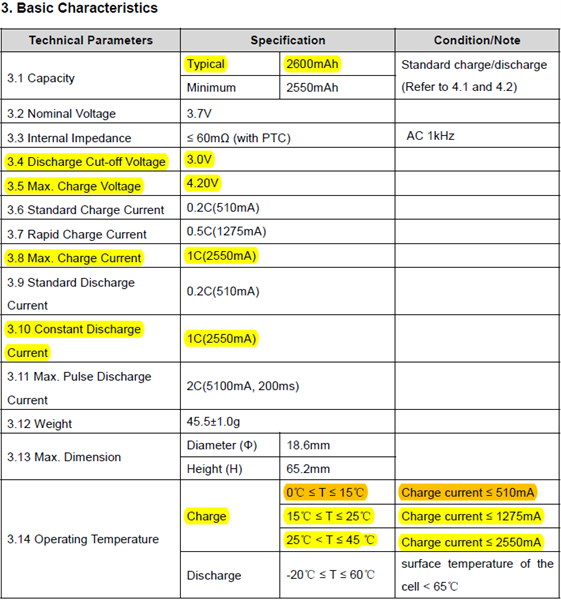Other Parts Discussed in Thread: CSD85301Q2
Hello Expert,
Our customer have a plan to use BQ29728 or BQ29737.
As you know, there is lead time issue recently.
So our customer want to use CSD85301Q2 which is stock in TI.COM.
Below is their target cell spec. and will use 2 type of Cells.
Is there some issue or no problem if they use a combination "BQ29728 or BQ29737 + CSD85301Q2" to protect 2 type of Cells?
If there is some issue, which electrical spec. is the problem in MOSFET?
Also, could you please recommend right part of MOSFET to me?
I'm looking forward to receiving your good comment and guide.
* Battery cells spec.
1. type 1

2. type 2

Best regards,
Michael

